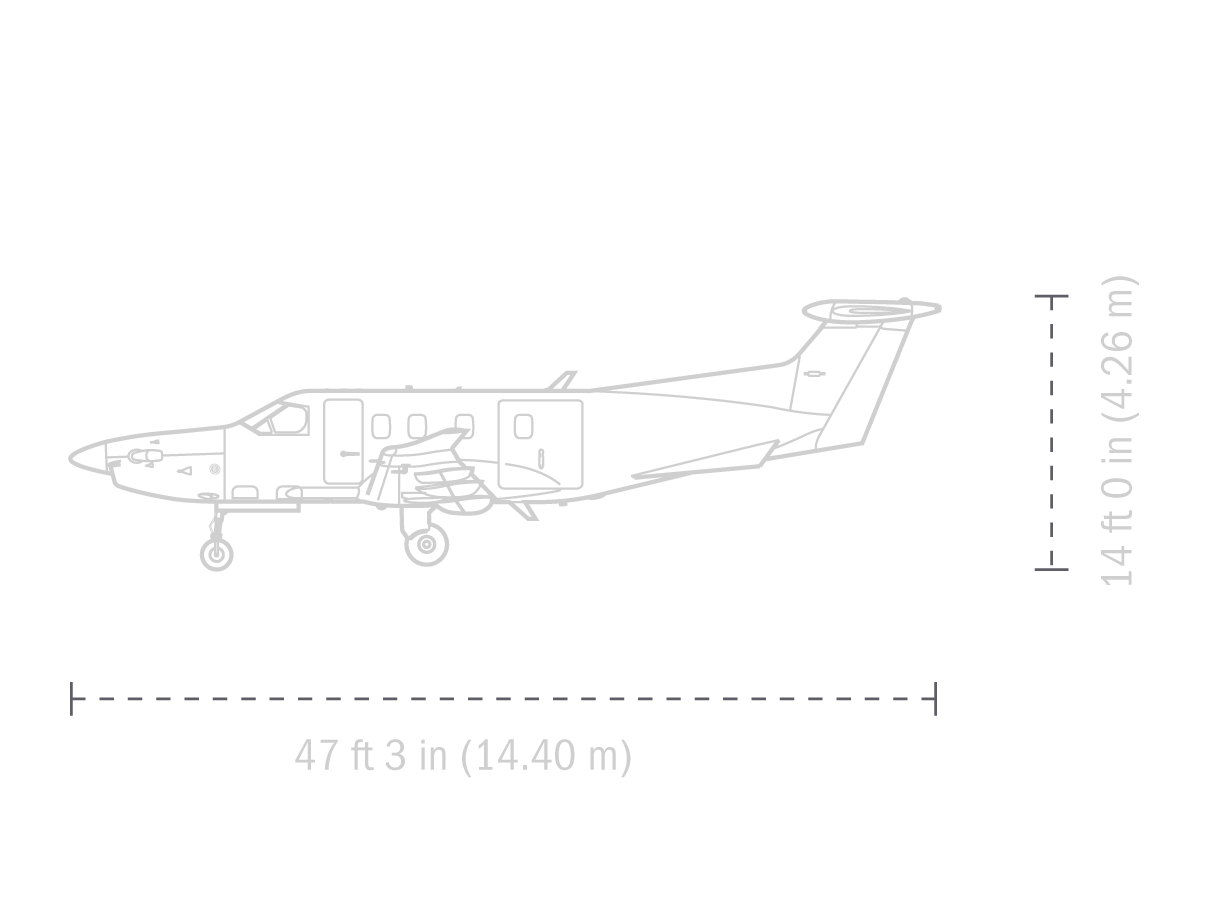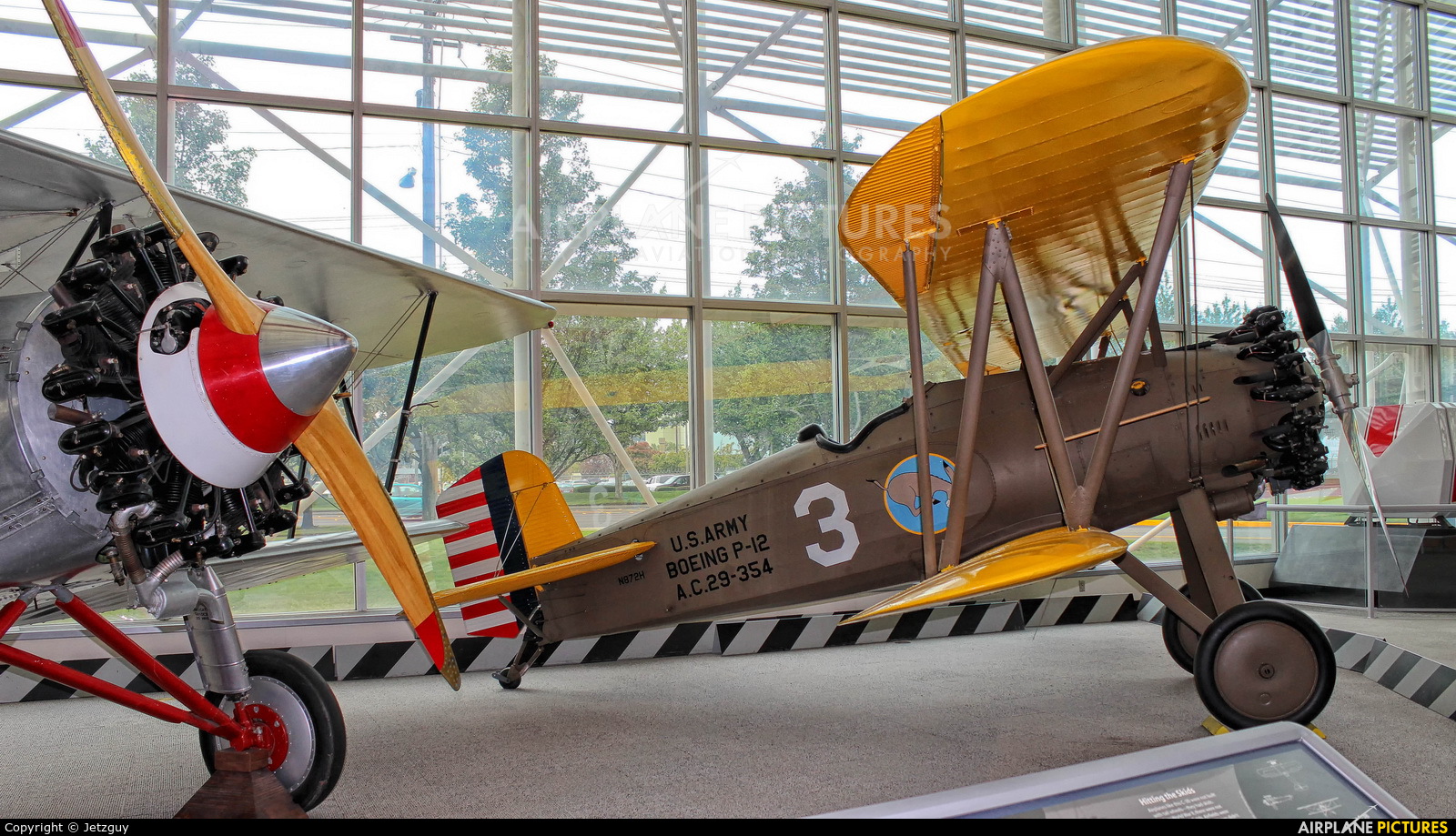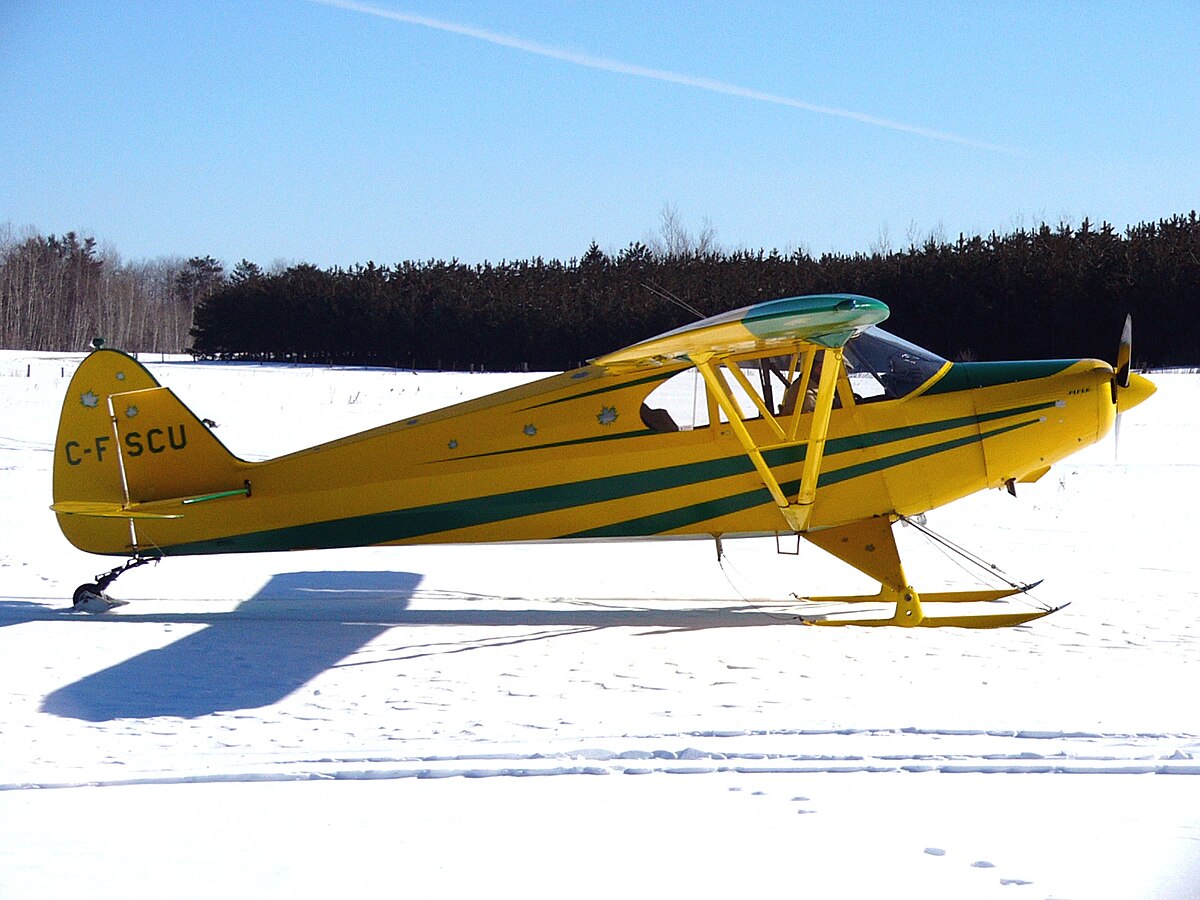P12 Aircraft - The fighter was developed by Boeing to replace the Boeing F3B and F2B of the US Navy. Although it used the same engine as the F3B, it was faster and more manoeuvrable because of less weight and a smaller size.
The P-12 was first flown on 25th June 1928. P-12s were flown by the 17th Pursuit Group (34th, 73rd, and 95th Pursuit Squadrons) at March Field, California, and the 20th Pursuit Group (55th, 77th and 79th Pursuit Squadrons) at Barksdale Field, Louisiana.
P12 Aircraft

Older P-12s were used by groups overseas: the 4th Composite Group (3rd Pursuit Squadron) in the Philippines, the 16th Pursuit Group (24th, 29th, 74th, and 79th Pursuit Squadrons) in the Canal Zone, and the 18th Pursuit Group (
6th and 19th Pursuit Squadrons) in Hawaii. The pilot, a flight nurse, a flight paramedic, a patient and a patient's family member all died in the crash, according to Care Flight, a service of the plane's operator, Guardian Flight.
(National Transportation Safety Board) There was not that much difference from earlier Boeing models—it used the same Pratt & Whitney R-1340 Wasp engine as the F3B, but was an culmination of various refinements Boeing had developed in the previous seven years of fighter design.

Although biplane designs were disappearing in civil aviation, they were still in demand by the military, still following World War I fighter requirements. Experimental monoplane fighters began appearing in the USAAC in 1930 and for the US Navy in 1933, but it would be another four to six years before production monoplanes would be delivered for service use.
The P-12 was delivered from the year 1929 to 1932 to the United States Army Air Corps (USAAC) and a carrier-based variant, under the specification F4B-1 was delivered to the US Navy, of which it became the flag-ship.
plane between the two World Wars. And because of high numbers of built aircraft it was a commercial success for Boeing, as well. The National Weather Service had issued a winter storm warning issued in Reno for large swaths of Nevada, including parts of Lyon County.
It was snowing steadily with winds around 20 mph and gusts up to 30 mph. Boeing developed the aircraft as a private venture to replace the Boeing F3B and Boeing F2B with the United States Navy.

The new aircraft was smaller, lighter and more agile than the ones it replaced but still used the Wasp engine of the F3B. This resulted in a higher top speed and overall better performance. As a result of Navy evaluation 27 were ordered as the F4B-1, later evaluation by the United States Army Air Corps resulted in orders with the designation P-12.
Boeing supplied the USAAC with 366 P-12s between 1929 and 1932. Production of all variants totaled 586. This material may not be published, broadcast, rewritten, or redistributed. ©2023 FOX News Network, LLC. All rights reserved. Quotes displayed in real-time or delayed by at least 15 minutes.

Market data provided by Factset. Powered and implemented by FactSet Digital Solutions. Legal Statement. Mutual Fund and ETF data provided by Refinitiv Lipper. The single-engine Pilatus PC-12 aircraft is believed to have broken up before crashing into the ground in a mountainous area near Stagecoach, Nevada, after investigators found debris from the plane nearly a mile away from the crash site, the National Transportation Safety Board
(NTSB) said. This material may not be published, broadcast, rewritten, or redistributed. ©2023 FOX News Network, LLC. All rights reserved. Quotes displayed in real-time or delayed by at least 15 minutes. Market data provided by Factset.
Powered and implemented by FactSet Digital Solutions. Legal Statement. Mutual Fund and ETF data provided by Refinitiv Lipper.
pilatus pc 12 ng, pilatus pc 12 range map, 73h aircraft alaska airlines, pilatus pc 12 ngx for sale, pc 12, pilatus p12 aircraft, p12 plane, pc 12 ngx
